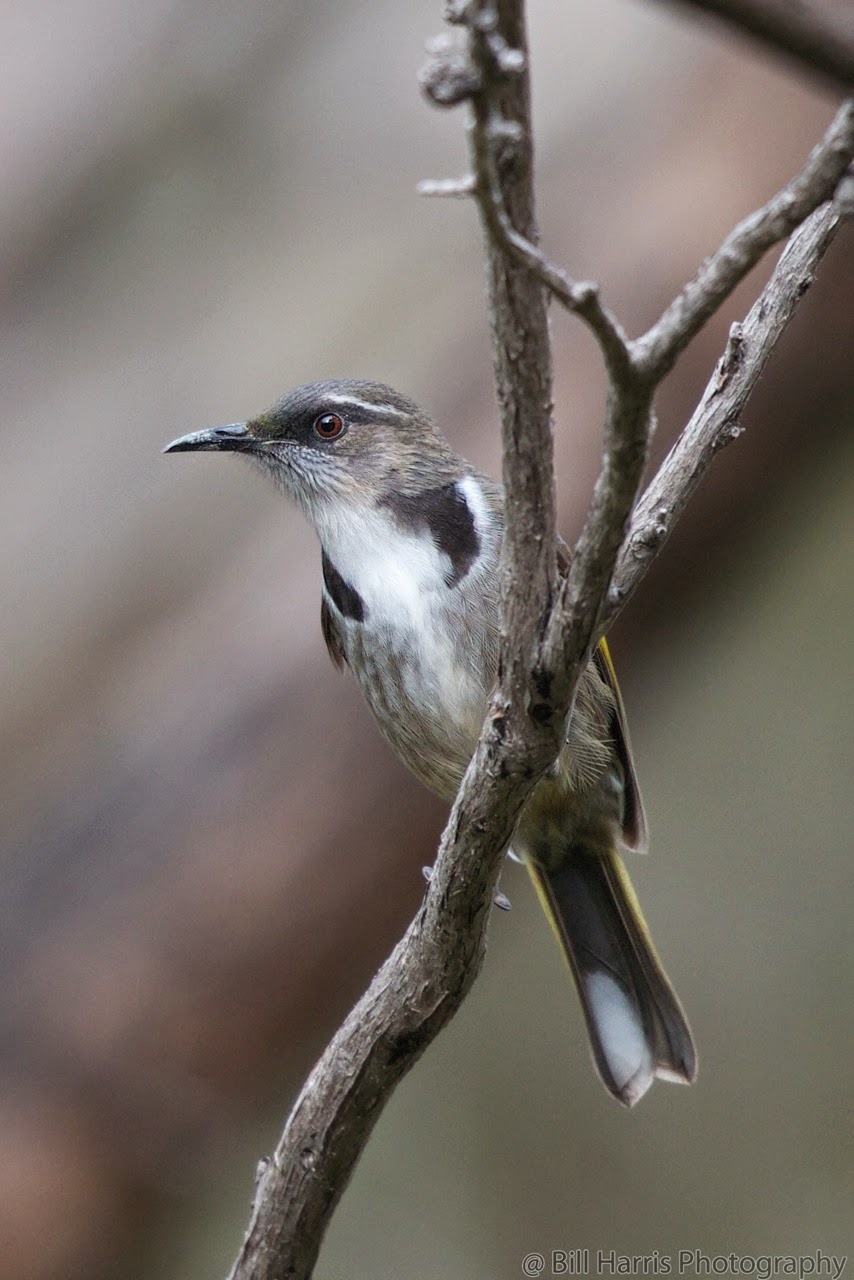Shackle Road and Cape Borda
The alarm geese woke us early again and before too long we had finished breakfast, picked up a coffee and were heading out again this time to the North West corner of the island. To get there this time we were driving across on Shackle Rd, a self guided nature drive across the National Park to Cape Borda.
Along the way there are 12 stops where you gain a greater understanding of the natural history of Flinders Chase National Park and Ravine des Casoars Wilderness Protection Area.
It was almost midday when we arrived at our destination for today, the Cape Borda Lighthouse. Opened in 1858 it still has the small cannon which was used to signal ships of danger. The cannon was also used to signal at one o'clock each day so passing ships could reset their clocks.
Like the lighthouse at Cape Willoughby, Cape Borda is a complex of three keepers cottages, a weather station and some other outbuildings which are now used as a museum. We had a walk around the grounds and marvelled once again at how remote the early lighthouse keepers and their families were.
There is a short 1km hike from the lighthouse through the Coastal Heath to a stone lookout on the cliff top. Apparently an ideal vantage point to watch dolphins and whales frolicking in the Southern Ocean below. We didn't see either on this day but enjoyed the view anyway. Looking straight down was a bit on the scary side if you don't like heights!
After our walk we ate our lunch in the picnic shelter in the grounds of the lighthouse. There were no shortage of birds trying to pick up our crumbs and back in the carpark we found some more of the cute little Tamar Wallabies sheltering under the trees. Trying to stay out of the wind I think.
We left the lighthouse and drove a short distance down the road to The Light station Cemetery. Here you get a grim insight to the isolation and hardships of the lighthouse keepers and their families, as well as the rugged hazardous nature of the nearby coastline.The cemetery was used for the keepers and their families until 1937 when the road was constructed. Due to the isolation, the keepers were sometimes required to carry out all the tasks of the burial, including making the coffin. There are five timber crosses marked ‘In Memory’, which may be the graves of unidentified shipwreck victims.
Our next stop was at Harvey's Return. The blurb said 'a steep but rewarding hike (1 kilometre return) to the tiny cove originally known as Murrells Landing will have you pondering the hardships and endurance of pioneering settlers'.
In 1834 the cove became known as Harveys Return and it is the nearest landing site to Cape Borda Lightstation. Much of the material used to build the lighthouse was landed at Harveys Return in 1858. In 1859, following repeated requests from the first head lighthouse keeper Captain Woodward, provision was made for a double track and trolleys down the steep incline with a horse-drawn winch near the top.
We walked down a long way and just as I was thinking this is not too bad we came to the edge of a cliff and discovered this was actually the start of 'the steep but rewarding hike'. 'Not bloody likely' was my response to Bill who was keen to continue. I stayed on the cliff with the camera ( too big to carry on this steep track) and Bill continued down to see the historic site. He did bring pictures back taken with the little pocket camera.
Walking back to the car through the drooping sheoaks we kept a look out for more of the glossy black cockatoos but no luck today, so glad we had seen them at American River.
Leaving the car park here we headed for home again this time on the sealed West End Highway. Back at home we settled in for a quite afternoon with the Crescent Honeyeaters and the always friendly little Blue Wrens and Scarlet Robins until it was time to retreat inside for dinner, a movie and bed.
until next time........












0 Comments:
Post a Comment
<< Home